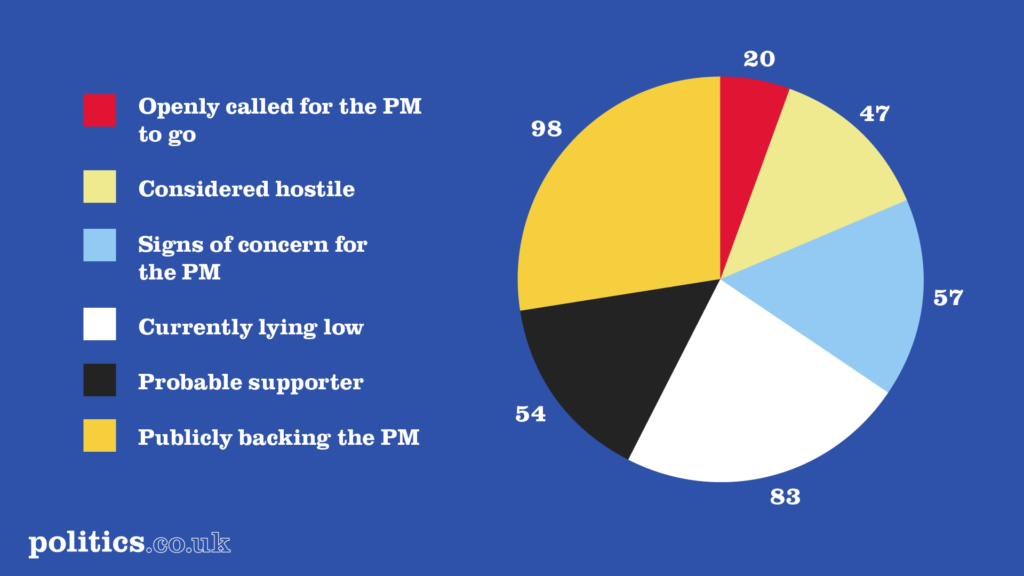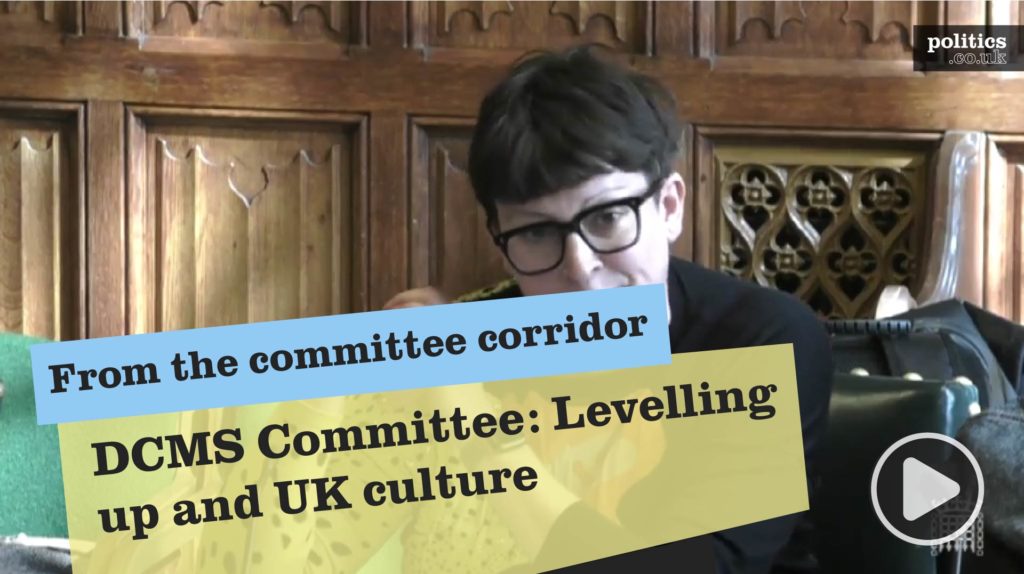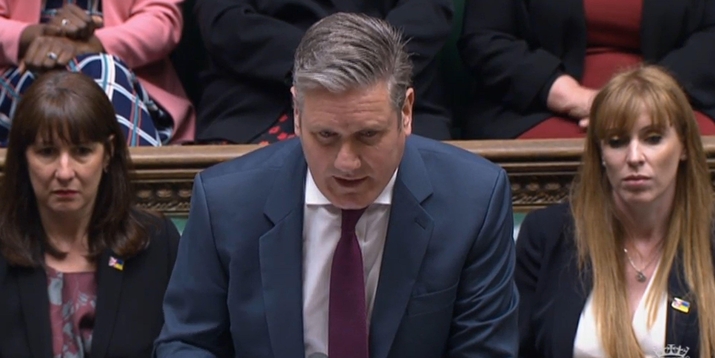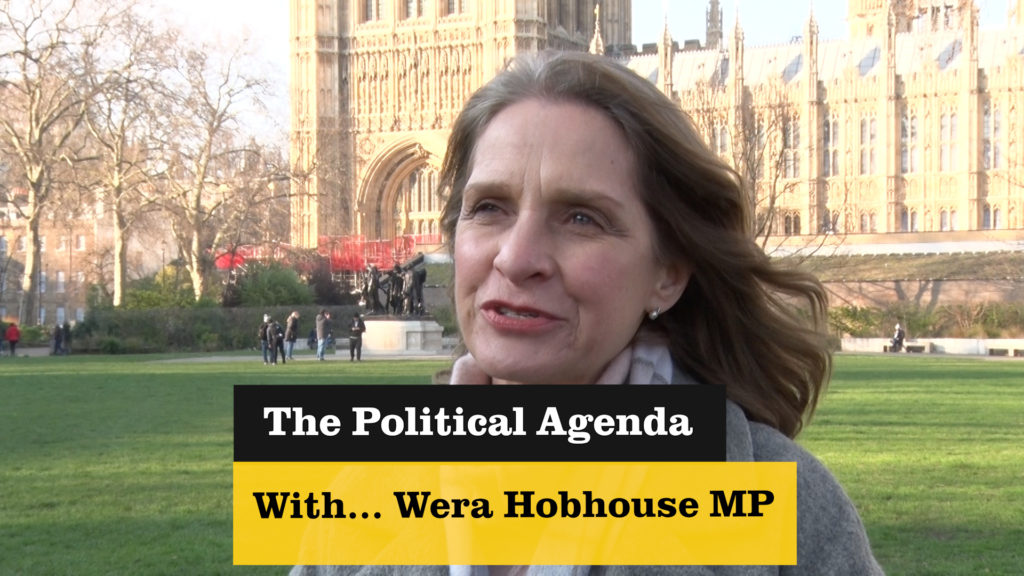What are food banks?
Those unable to afford sufficient food are entitled to free food supplies from initiatives known as food banks. Largely sustained by volunteers and donations, these non-profit organisations provide emergency food parcels, at no cost, to the most vulnerable members of society.
Whilst offering short-term emergency food parcels, most food banks are vocal about the need for a paradigm shift towards a sustainable, affordable food industry. The organisations view themselves as intermediary support providers which should not need to exist in a functioning welfare state. Tracy Cooke, Head of Clacton Foodbank in Essex, described this as, “the great dilemma, nobody wants food banks to exist, but they are necessary.”
In 2020, the House of Commons Library reported there were around 2,100 food banks operating in the UK:, 1,200 of which were operated by the Trussell Trust. In addition to registered organisations, food aid is delivered by a range of local authorities including schools, universities, hospitals, and Salvation Army centres.

There are now said to be over 2,000 food banks operating in the UK. The largest number are found in the North West of England.
How do food banks work?
Unlike soup kitchens, UK food banks are only able to offer food to those who have been referred. This is to prevent an organisation from being heavily over-subscribed and unable to provide food to those most in need.


Food banks use vouchers as a form of credit, which is exchanged for an emergency food parcel. Staff and volunteers at food banks work closely with local authorities to identify any individuals in need of support. Referrals are likely to come from children’s charities, housing associations, mental health organisations, Citizens Advice centres, and other professionals who are well placed to assess need.
In an addition, a number of networks such as Fare Share adopt a ‘warehouse model’. Rather than providing food directly to individuals, the charity gathers supplies which are distributed to smaller, independent organisations such as breakfast clubs.
Food banks typically operate through a network of volunteers who collect, sort and distribute food. A joint study by the Trussell Trust and the Independent Food Aid Network suggested than in 2017, some 40,000 food bank volunteers had contributed a total of 4 million hours of their time that year.
What supplies are offered by food banks?
Food banks work alongside health experts to ensure that the food they provide is nutritionally balanced, and sufficient to fulfil basic dietary requirements on a short-term basis.
Due to the practical challenges of storing and transporting supplies, food banks favour non-perishable and nutrient-dense foodstuffs.
When appealing for donations, highly requested items include cereals, tinned products, long-life milk, and baby food. Food banks also accept non-edible essential items, such as toilet paper, soap, nappies, and feminine hygiene products.
The supplies distributed by food banks are typically donated by the public at a range of places, such as schools, churches, and businesses, as well as at supermarket collection points.
Food banks also receive donations from food left over from food retailers. In 2018, the UK government announced a £15 million contribution towards the growth of charitable surplus-food redistribution schemes. These initiatives aim to reduce large-scale food waste by diverting it to food banks ahead of its expiry date.
In France, since 2016, the law has made it illegal for large supermarkets to throw away unsold edible fold. Instead it is a legal requirement for it to be donated to charities with grocery stores risking fines of around £3,000 for each infraction. .
Why are people using food banks in the UK?
A three year study by Heriot Watt University and the Trussell Trust published in 2019 studied some 1,100 users of food banks in the UK.
The research identified three factors that led people to needing a food bank: problems with benefits; adverse life experiences such as eviction, ill health and divorce; and the exhaustion of formal and informal support such as family and friends.
According to the research, over two-thirds of people had experienced a problem with the benefits system in the year before they needed emergency food, including long waits and reductions.
The report also showed that in the year prior to using a food bank 7 in 10 respondents reported at least one ‘challenging life experience’ such as eviction or divorce, while a large minority also reported having experienced an ‘adverse work-related experience’ such as losing a job or a reduction in work hours.
According to the report, the households using food banks are the most deprived, possessing an average weekly income after housing costs of just £50. Over three quarters of respondents were in arrears on two or more bills.
14% of the households referred to food banks were said to have someone in employment.
According to the study, some 77% of those using food banks were aged between 25 and 55, with 46% said to be living alone.
Over three quarters reported a health issue in their household, with mental health being the most stated health concern.
The emergence of the coronavirus pandemic in 2020-2021 further increased the use of food banks. This was largely attributable to socio-economic factors such as unemployment and job insecurity; both of which rose markedly during the COVID-19 pandemic. Using a sample of 134 food banks, the Food Aid Network found the total number of food parcels distributed rose from 226,605 to 426,958 between 2019 and 2020.
Food banks and high income countries
The first food bank was founded in the United Sates in 1966.
Following the North American examples, the first European food bank was set up in Paris in 1984 by Cécile Bigot. It was soon followed by food banks in Belgium, and the creation of the European Federation of Food Banks in 1986. This Federation supported the establishment of warehouses and centres throughout Europe, from Belgium and Italy to Poland, Greece and Portugal.
The Trussel Trust – the UK’s largest food bank network – was founded in 1997. In the year prior to the Coronavirus pandemic, 2019-20, the Trussell Trust has estimated that 700,000 UK households used a food bank, equivalent to 2.5% of all UK households.
In addition to over 2,000 food banks operating in the UK, food banks are now a common feature in most of the world’s ‘High Income Countries’.
In Australia it is claimed that 625,000 Australians (equivalent to 2.5% of the population) seek emergency food relief every month [Source; Foodbank Australia, 2017 Hunger Report].
In Germany there are said to around 2,000 food distribution centres. The national food-bank organisation, Tafel (the German word for table) reports that it is feeding 1.6 million people annually
Food bank members of the Feeding America Network in 2014 reported supplying food to more than 37 million Americans each year, including 14 million children and 3 million pensioners. That is equivalent to 1 in 9 of the population.
In France in 2019 it was reported that 5.5 million people were reliant on food aid [Source, IGAS].
The debate about food banks
The growing emergence of food banks has generated a wide range of political opinions and debate.
For some the rise of food banks, supported by a network of volunteers and donations, reflects well on civic society. Commenting on how the state can’t do everything, the Conservative Cabinet Minister, Jacob Rees Mogg has said, “To have charitable support given by people voluntarily to support their fellow citizens I think is rather uplifting and shows what a good, compassionate country we are”
.
For others the growth in food banks reveals a fundamental failure in the welfare state, and absolves the government of the need to address food poverty. This concern was voiced by Labour MP and former head of the Child Poverty Action Group Kate Green, who has pointed to the humiliation, and loss of dignity and pride, that come from the use of food banks.
Food banks have also been said to expose fundamental issues with the UK’s Universal Credit benefit system that emerged after the 2012 Welfare Reform Act. In 2018, the Trussell Trust noted that food banks were four times as busy in areas where the full Universal Credit system had been in place for a year.
Others have suggested that food redistribution schemes mask the problem of food waste Campaigners have said that a third of the world’s food is lost between the farm and the plate. The European Federation of Food Banks claim that around 88 million tonnes of food is wasted annually in the EU, with associated costs estimated at 143 billion euros
Schemes that redistribute food waste have been said to disincentivise large-scale corporations from tackling over-production issues, whilst at the same time supporting their reputations through the addition of food bank collection points. In 2015, one Canadian research paper concluded that “the conflation of food insecurity with food waste was unhelpful and counterproductive.”
There have also been concerns about the quality of food that is donated through food banks. Commonly donated surplus food is often nearing the end of its shelf life or removed from the shelves given its poor appearance. This has raised the concern that the most vulnerable members of society are receiving unsatisfactory food, making them more susceptible to deficiency-related illnesses.



















